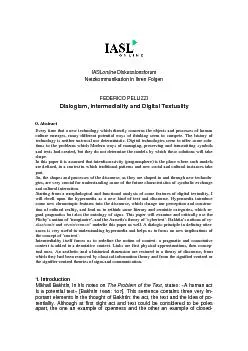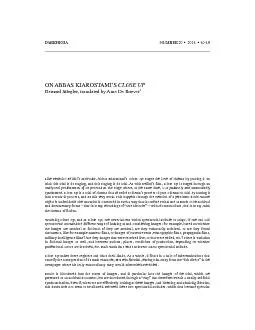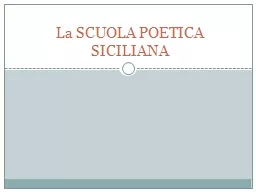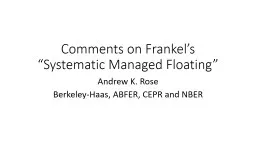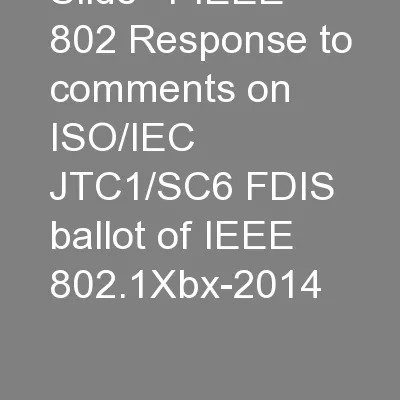PPT-Comments to Federico, Vegh
Author : studyne | Published Date : 2020-08-04
and Vuletin Effects and role of macroprudential policy Evidence from reserve requirements based on a narrative approach Bent Vale Norges Bank 30 November
Presentation Embed Code
Download Presentation
Download Presentation The PPT/PDF document "Comments to Federico, Vegh" is the property of its rightful owner. Permission is granted to download and print the materials on this website for personal, non-commercial use only, and to display it on your personal computer provided you do not modify the materials and that you retain all copyright notices contained in the materials. By downloading content from our website, you accept the terms of this agreement.
Comments to Federico, Vegh: Transcript
Download Rules Of Document
"Comments to Federico, Vegh"The content belongs to its owner. You may download and print it for personal use, without modification, and keep all copyright notices. By downloading, you agree to these terms.
Related Documents


